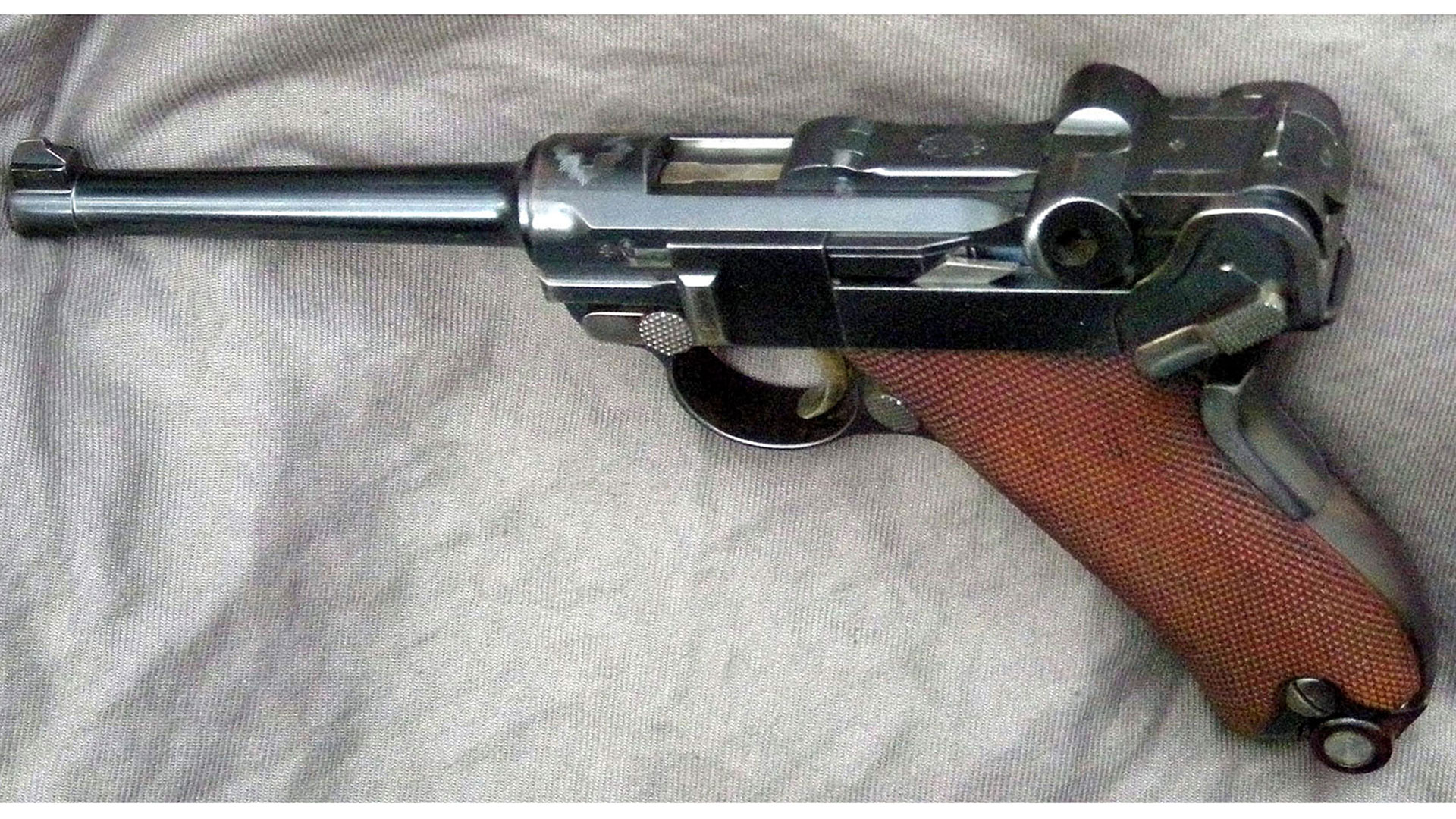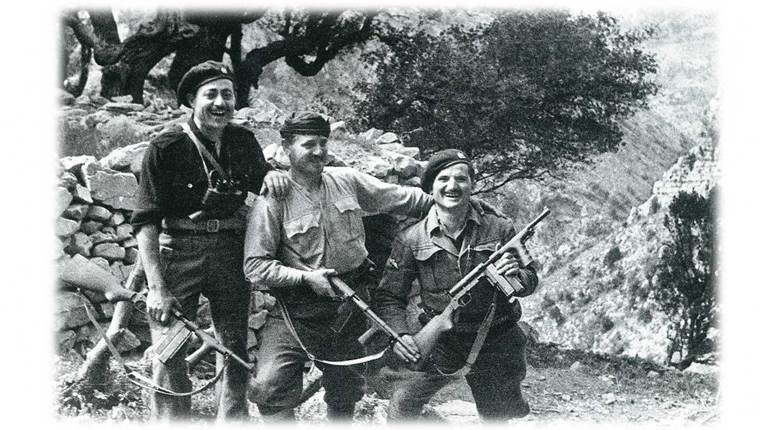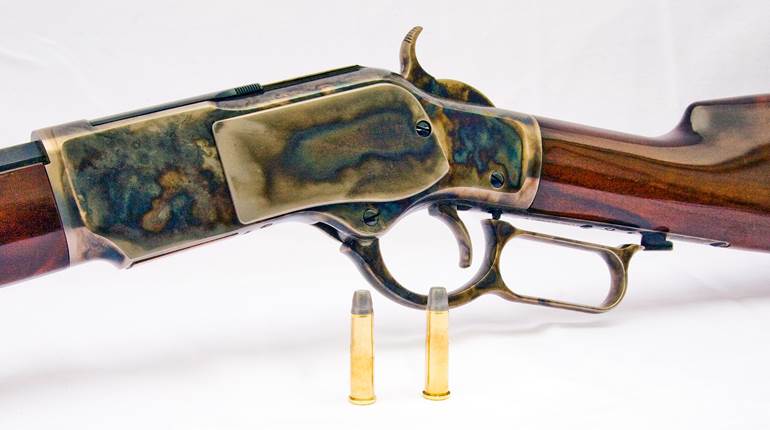
Georg Luger was an interesting man. Born into a rather privileged family on March 6, 1849, his father was a renowned surgeon, so Georg was schooled in Italy. He later studied business at studied at the Wiener Handelsakademie (Vienna Commercial Academy). In 1867 he enlisted into the Austria-Hungary 78th Infantry Regiment as a reserve officer cadet. It was here that he showed his superior marksmanship skills which garnered him an assignment to Austro-Hungarian Military Firearms School at Camp Bruckneudorf.
Soon he became an instructor there. Automatic firearms were in its infancy, but the idea fascinated Luger, and he took an active role in developing automatic loading firearms. After his military stint Luger floated around a bit surviving on jobs like an accountant at a jockey club. He met Austrian firearms engineer Ferdinand von Mannlicher during this time, and the two worked together on developing rifle magazines.
By 1891 Luger had found employment with Ludwig Loewe & Company, Berlin, Germany, eventually working his way into a design consultant. After Ludwig Loewe’s death, the company became Deutsche Waffen und Munitions Fabriken (DWM), and was the manufacturer of the Hugo Borchardt-designed C-93 pistol. Luger was tagged with demonstrating it to the U.S. Army.
Though rejected, Luger carefully recorded the criticisms the army had with the pistol and returned to DWM. Borchardt disallowed the criticisms, which included unwieldly overall handling because of its weight and nearly vertical grip, excessive recoil from the 7.65×25 mm Borchardt cartridge, as well as being too expensive to mass produce, and refused to make any design changes. The job was then given to Luger to integrate the improvements.
Luger shortened the cartridge to 21 mm, calling it the 7.65×21mm Parabellum—Parabellum meaning "prepare for war." This allowed him to lighten and shrink the size of the toggle-link system of the C-93, shorten the stroke of the toggle, design a narrower angular grip that helped balance the pistol better in the hand and offer a more natural pointing of it. The result was the Luger Parabellum pistol of 1898.
 A Model 1900 Parabellum pistol. These Swiss military service pistols were introduced in 1900 and chambered in 7.65×21mm Parabellum. The engraving of the Swiss cross "in splendor" (rather than as a coat of arms) indicates that this pistol was built before 1909. Photo from Hmaag.
A Model 1900 Parabellum pistol. These Swiss military service pistols were introduced in 1900 and chambered in 7.65×21mm Parabellum. The engraving of the Swiss cross "in splendor" (rather than as a coat of arms) indicates that this pistol was built before 1909. Photo from Hmaag.
Production began in 1900, and Switzerland immediately adopted the Pistole Parabellum in 7.65×21mm, a.k.a. 7.65 Parabellum and .30 Luger. The cartridge has been popular in Europe and the U.S., as well as Brazil. European police agencies used this cartridge well into the 1960s, however Germany led the move to upsize the power by increasing the bullet diameter to 9 mm, the weight of the standard bullet from 93 to 116 grains while retaining a nominal muzzle velocity of 1,200 fps from a 4.25" barrel.
The case was shortened from a net 21.59mm to a net of 19.15mm by removing the bottleneck while retaining the taper of the parent case. The result was the 9x19mm Parabellum or 9mm Luger, developed in 1901. To say that the 9mm Luger has been a success would be a severe understatement. The cartridge is, without a doubt, the most popular pistol and submachine gun cartridge in the world since the end of World War I. It has a lot going for it. First, it is effective, especially in its military role.
Newer developments in propellant and bullet design have increased its effectiveness, greatly providing even more incentive to those needing a firearm for personal defense. Pistols made for the cartridge have not been overly burdensome, and more recent developments in sub-compact handgun design allow the full-size service pistol cartridge to be crammed into astonishingly micro-weight pistols that are easy to carry. The 9mm Luger is accurate enough for the target range and the roil is light enough to be controlled by most. The array of different firearms produced in this chambering is almost incomprehensible.
Not only has it been chambered into the beautifully engineered and produced Luger P-08 and Browning Hi-Power P35 pistols, it has been at the forefront of handgun design for more than a century. The first successful double-action, locked-breech, semi-automatic pistol, the Walther P-38, is chambered in 9mm Luger. Even revolvers, both double- and single-action, have been chambered or co-chambered in 9mm. In short, any gun enthusiast worth his or her salt that wants to shoot something prevalent and inexpensive should have something chambered in 9mm.
 One of the many more recent sub-compact handguns to hit the market chambered for 9 mm, the SIG Sauer P365.
One of the many more recent sub-compact handguns to hit the market chambered for 9 mm, the SIG Sauer P365.
In the early days of World War II, Commonwealth countries developed and adopted a higher-pressure loading of the 9x19mm cartridge. Designated the 9 m/m ball MK 1z (Commonwealth nomenclature), it soon became the standard loading for modern firearms like the Browning Hi-Power and Sterling submachine guns. This load featured a 116-gr. bullet at a claimed 1,300 f.p.s. Canada put together a similar, but slightly softer load clocking in the mid-1,200s in 1955. It was adopted as the standard NATO load in 1962.
After the 1986 FBI Miami shootout between eight FBI agents and two murderous bank robbers, it was found that despite a 4-to-1 one advantage, the FBI lost two agents due in large part to the superior firepower of the criminals’ rifles versus the FBI’s .357 Mag. revolvers. A search began to find a better cartridge for revolvers as personal-defense weapons for agents and other law enforcement professionals.
Eleven years later, across the nation in North Hollywood, another pair of bank robbers stood off dozens of Los Angeles Police Department officers armed with 9mm pistols and .38 Spl. revolvers with a pair of Kalashnikovs. A dozen officers and members of the public were wounded during that 44-minute exchange. Along with other shootings, the incentive to build a firearm with a large magazine capacity and better stopping power led to the development of the so-called "Wonder-Nines."
“Wonder Nine” is a term coined by writer Robert Shimek during this period. It referred to the “wonder” pistols of the day, chambered in 9mm Luger with double-column magazines holding at least 15 rounds. As much as anything, the popularity of the 9mm as a law-enforcement and personal-defense round in America is due to this evolution in firearms and cartridge design.
More recent bullet developments, along with some propellant improvements, have moved the 9mm ahead of such American stalwarts as the .45 ACP and .357 Mag. Mind you, the American cartridges are by no means obsolete, nor are they any less effective. In fact, some of these advances in bullet and propellant technology have rubbed off on those other cartridges. Regardless, the 102-year-old 9mm Luger is still on the throne as king of the pistol cartridges. I don’t see that changing in the near future.





































